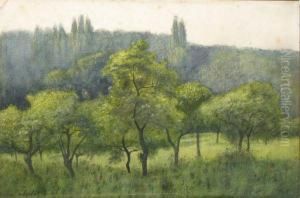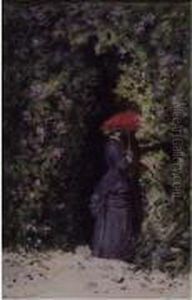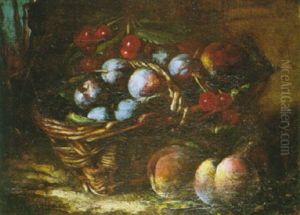Alphonse Alexis Morlot Paintings
Alphonse Alexis Morlot was a French artist known primarily for his work as a sculptor. Born in 1819, Morlot's artistic inclinations and talents emerged at a young age. He pursued his passion for art through formal education at the École des Beaux-Arts in Paris, which was the premier art institution in France at the time. There, he would have been exposed to classical and contemporary art traditions, honing his skills under the tutelage of established artists.
Morlot's work is less documented than that of his contemporaries, such as Eugène Delacroix or Jean-Auguste-Dominique Ingres, and as a result, his legacy is not as prominent within the art historical canon. However, his contributions to sculpture during the 19th century were notable during his lifetime. His style would have aligned with the academic and neoclassical tendencies of the period, reflecting the tastes and artistic standards promulgated by the École des Beaux-Arts.
Throughout his career, Morlot likely participated in the Paris Salon, the official art exhibition of the Académie des Beaux-Arts in Paris. The Salon was the most prestigious art event in the Western world during the 18th and 19th centuries. Participation in this event would have been crucial for any artist seeking recognition and patronage. Morlot's works would have been displayed alongside paintings, sculptures, and engravings by his peers, subjecting them to the critical gaze of the public and influential art critics.
Alphonse Alexis Morlot's life was relatively short, as he died in 1858 at the age of 39. The circumstances of his death are not widely recorded, which is often the case with historical figures who did not achieve long-lasting fame. Despite his early death, Morlot's artistic endeavors contributed to the rich tapestry of French art in the mid-19th century. The legacy of artists like Morlot is essential in understanding the evolution of sculpture and the broader art movements of the time. His works, if they have survived, would offer valuable insights into the techniques, materials, and thematic concerns of sculptors working in his era.


